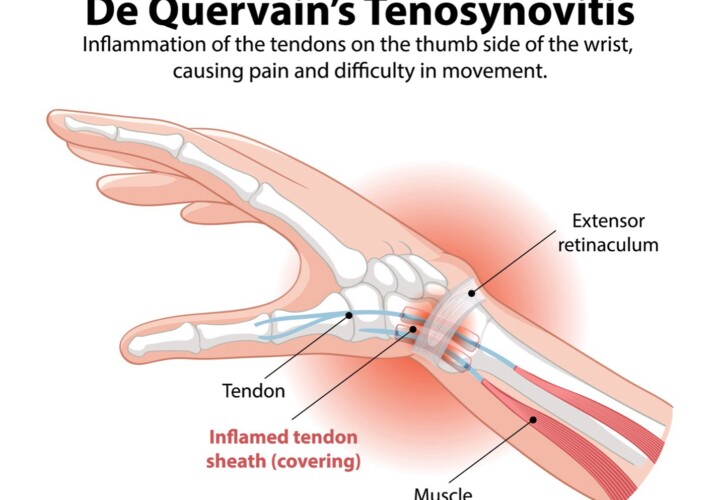Cancer and Lymphedema: The Role of Physical Therapy in Recovery and Management
Lymphedema is a common and often challenging side effect of cancer treatment, particularly for individuals who have undergone surgery or radiation therapy. This blog explores the relationship between cancer and lymphedema, highlights the benefits of physical therapy, and provides tips for managing this condition effectively.
Understanding Lymphedema: What is It?
Lymphedema occurs when lymph fluid builds up in tissues, leading to swelling, usually in the arms or legs. The lymphatic system, which is part of the immune system, normally helps drain excess fluid from tissues and maintains fluid balance. However, cancer treatments such as lymph node removal or radiation can damage this system, impairing its ability to function properly.
Common Causes of Lymphedema in Cancer Patients
1. Lymph Node Removal: Surgery for cancers like breast, prostate, or gynecological cancers often involves the removal of lymph nodes, increasing the risk of lymphedema.
2. Radiation Therapy: Radiation can scar lymph nodes or vessels, restricting lymph fluid flow.
3. Tumor Growth: In some cases, tumors may physically obstruct the lymphatic pathways, contributing to fluid buildup.
It’s estimated that about 20-30% of patients who undergo lymph node surgery or radiation therapy develop lymphedema, making it an important aspect of cancer care.
The Role of Physical Therapy in Lymphedema Management
Physical therapy plays a crucial role in managing lymphedema. Specialized therapists help individuals prevent, reduce, and manage swelling while improving their overall quality of life. Here are the main areas where physical therapy can be beneficial:
1. Lymphedema Education and Prevention
One of the first steps in managing lymphedema is educating patients on how to prevent it. Physical therapists provide critical guidance on lifestyle modifications and exercises that can help minimize the risk of developing or worsening lymphedema. This may include:
• Maintaining a healthy weight: Obesity can increase the risk of lymphedema, so a physical therapist might guide patients on safe and effective weight management techniques.
• Proper skin care: Keeping the skin clean and moisturized can help prevent infections, which are more common when the lymphatic system is compromised.
2. Manual Lymphatic Drainage (MLD)
Manual lymphatic drainage is a hands-on technique that helps stimulate lymph flow through gentle massage. Physical therapists trained in this method can significantly reduce swelling by rerouting lymph fluid to functioning lymph nodes. This technique requires skill and should be done regularly for optimal results.
3. Compression Therapy
Compression garments, such as sleeves or stockings, are often used in conjunction with physical therapy. These garments apply pressure to the affected area, preventing fluid buildup and helping to move lymph fluid through the body. Physical therapists can help fit patients with the right type of compression garment and teach them how to use it correctly.
4. Exercise Therapy
Exercise is another cornerstone of lymphedema management. Gentle, controlled movements can help enhance lymphatic flow, reduce swelling, and improve the range of motion in the affected area. A physical therapist will tailor an exercise program to meet each patient’s specific needs. These exercises may include:
• Strength training: Building muscle helps improve circulation and lymphatic drainage.
• Range-of-motion exercises: These exercises help maintain or restore flexibility in affected limbs, reducing the risk of stiffness.
• Deep breathing exercises: Deep breathing stimulates the diaphragm, which can enhance lymphatic flow.
5. Posture and Ergonomics
For those who have had cancer surgeries, particularly in the chest or abdominal regions, poor posture can contribute to further complications with lymph flow. Physical therapists can provide postural training, helping patients improve their alignment, reducing stress on the lymphatic system, and preventing further complications.
Benefits of Physical Therapy for Cancer Patients with Lymphedema
Managing lymphedema through physical therapy can greatly improve a patient’s quality of life. Here are some of the key benefits:
• Reduced Swelling: Regular treatment helps minimize fluid buildup, reducing discomfort and mobility issues.
• Improved Range of Motion: By maintaining flexibility and strength in the affected limb, patients can avoid long-term stiffness or loss of function.
• Decreased Pain: Compression and manual drainage techniques relieve pain and discomfort, improving daily function.
• Infection Prevention: Proper care of the skin and tissues, taught by physical therapists, reduces the risk of infections such as cellulitis, which can complicate lymphedema.
• Enhanced Emotional Well-being: Lymphedema can have a significant emotional impact, leading to anxiety or depression. Physical therapy empowers patients by giving them tools to manage the condition, boosting their sense of control.
Tips for Managing Lymphedema at Home
In addition to working with a physical therapist, there are steps that patients can take at home to manage lymphedema and prevent flare-ups:
• Elevate the affected limb: Whenever possible, keep the affected arm or leg elevated to promote fluid drainage.
• Stay Active: Regular physical activity can help maintain fluid circulation. However, be sure to follow your physical therapist’s guidance on safe exercises.
• Hydration and Healthy Diet: Drinking plenty of water and maintaining a balanced diet can aid lymphatic function.
• Monitor for Changes: Be vigilant about any changes in swelling or discomfort and report them to your healthcare provider promptly.
The Importance of a Personalized Approach
Lymphedema is a chronic condition, but with proper management and the support of a skilled physical therapist, it is possible to reduce its impact on daily life. Each patient’s needs are unique, so a personalized physical therapy plan is key to effectively managing symptoms and improving long-term outcomes.
By staying proactive and committed to a comprehensive lymphedema management plan, cancer survivors can regain a sense of control, improve their physical well-being, and enhance their quality of life.
Contact Us Today
Hohman Rehab and Sports Therapy
236 Mohawk Road, Clermont, FL 34715
11095 W. Colonial Drive, Ocoee, FL 34761
Phone: 855-404-6908
Fax: 352-404-6909
Let us help you on your journey to recovery!




